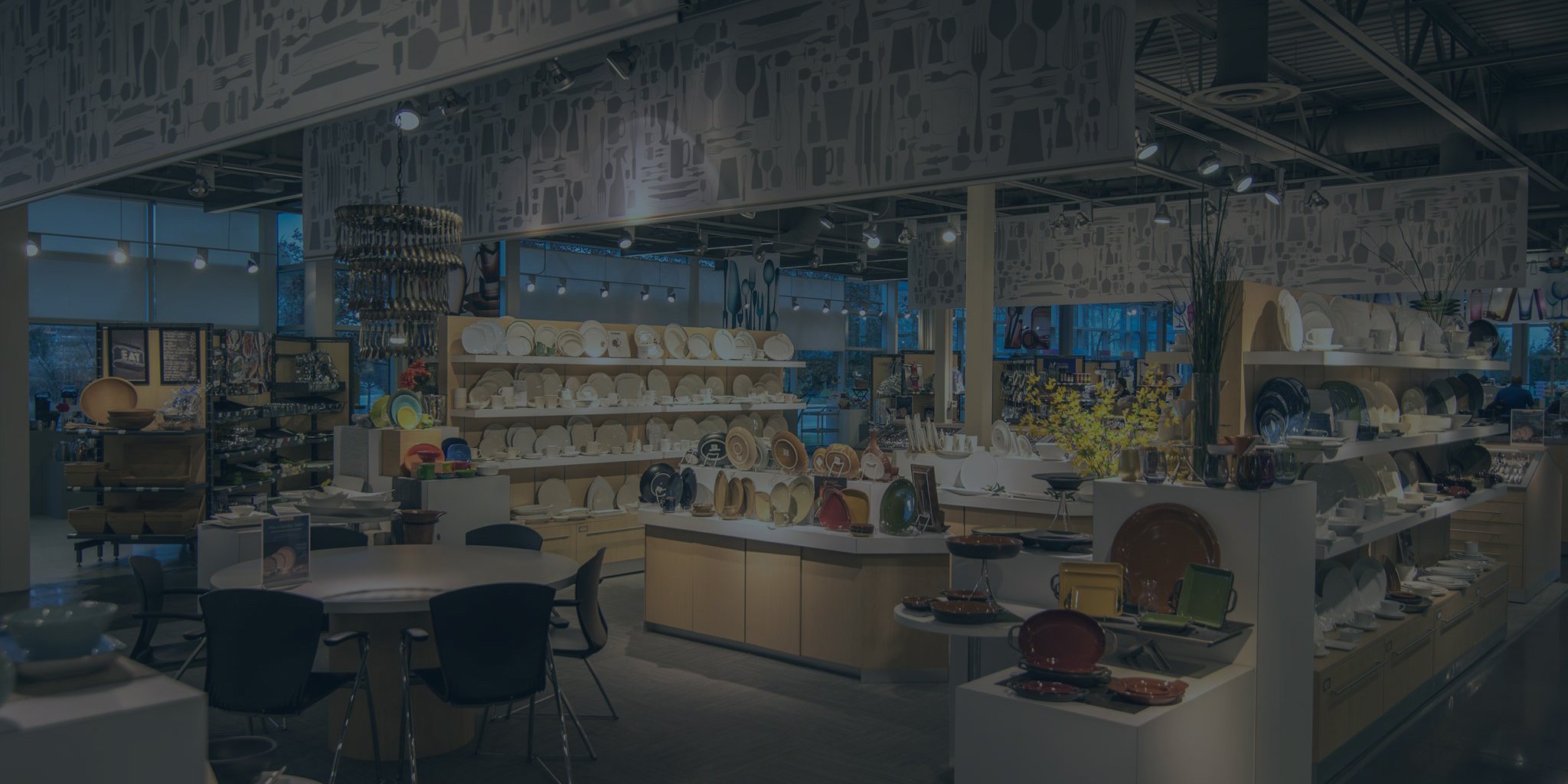At its foundation, senior living communities are about taking care of people. Taking care of our parents, grandparents, uncles and aunts, and ensuring that they are living their lives to the fullest. Having the knowledge that your loved one is being offered nutritious meals from a dining experience that encourages socialization and increases their overall happiness, health and well-being makes a significant difference for everyone involved.

Here are six top dining considerations for senior and assisted living communities that are designed to provide the residents with an increased quality of life and a higher level of care.
1. Menu Management
Involving a resident council – a group of residents selected to provide menu feedback – gives the executive chef an opportunity to better identify specific likes and dislikes of the community, food preferences and requests for comfort foods associated with holidays, birthdays and other timely events. Working closely with a resident council also eases the decision-making process when planning out the dining room menu weeks, and sometimes months, in advance.
Better management of the dining room budget often results in additional funding made available for new and creative menu ideas, as well as better ingredients throughout the year. For instance, the food service director and executive chef may use this additional money to purchase a variety of high-end steaks, shrimp and lobster, and plan a special dinner in the future that the residents will appreciate and enjoy.
2.Safety and Sanitation
If events of the last couple of years have taught us anything, it’s that the foodservice industry is going to be much more focused on general safety and sanitation. Many senior living and assisted living communities have, and will continue, to respond to the health and safety of its residents in creative ways. Maintaining a clean facility and taking the time to do it properly and consistently will yield the safest environment for both residents of the senior living community and dining room staff alike.
Action must be taken to protect employees and residents through ongoing training and the proper use of Personal Protective Equipment (PPE). The goal is to keep the dining rooms open. It’s a space that the senior residents crave and benefit from, both socially and mentally. And while the health and safety of every resident is important, your employees and their families will also be encouraged by working in a safe and clean environment.

Communication is key! Be effective with your communication standards to consistently keep all residents and customers up to date with current regulations and guidelines. Most importantly, the residents must fully understand that you are taking these additional sanitation steps to ensure their continued safety and happiness.
3. Increase Productivity and Efficiency
Consider installing a Point of Sale (POS) system to save time, simplify processes, enhance transparency and reduce overall paperwork. A robust and well-implemented Point of Sale system can help monitor resident preferences, as well as accurately note their individual nutritional needs.
The servers will be able to assist the residents when making the best choice for a meal, as well as potentially submit orders wirelessly. This saves on time and keeps the orders flowing by reducing the number of trips back and forth to the kitchen. Changes and updates to the order can be made on the fly with little to no disruption in getting the food from the kitchen to the table.
Embracing technology will help with a variety of efficiencies and assist the residents with their daily nutritional intake; a detail that is just as important as the presentation of the meal and the overall experience.
4. Control Cost
Cost is an important factor when it comes to avoiding spending waste. Understand how much of the budget is being spent on food and supplies and always look for opportunities to repurpose and re-prepare any of the extra food that is being ordered. Plan future meals well in advance so that nothing goes to waste.
Make a conscious effort to narrow the target as much as possible to stretch that budget dollar as far as it will go, while still being aware of the nutritional requirements of the residents. Focus on ordering exactly as much food as is needed for the month, based on the menu items selected by the resident council.
Consider using a menu planning tool that can assist with the balancing of required nutritional levels for the residents and the associated costs. Most broadline distributors – Cisco Foods, Gordon Food Services, etc. – and other major food providers work with a menu system or a menu planning tool to maintain established budgeting guidelines.
5. Manage Waste
The notion of food waste is often described as either pre- or post-consumer. Pre-consumer waste is most commonly associated with food that never actually leaves the kitchen. Post-consumer waste is in reference to the food that was prepared, purchased and served to a customer, but never eaten.
Both can be problematic.
When looking at opportunities to reduce food waste, begin by evaluating your inventory as a way to verify that the inventory orders being placed aren't too large. If you know that your residents don't necessarily enjoy beets, for example, then consider reducing the volume of beet orders, regardless if they are on sale and make for a good deal.
Ensure that that your foodservice team is maximizing shelf life and perishables. An easy way to monitor this is to always date and rotate your food items. Utilize a first-in / first-out concept and make sure that all food is being used well before it expires.
6. Create Flexible Dining Spaces: Great for Socialization and Entertainment
Although the kitchen may be closed at certain times during the day and overnight, and the dining room staff is unlikely to be available 24/7, there are still viable options for senior living administrators to consider when expanding meal options.
Current design discussions involving convertible spaces in a senior living facility continue to be very much on trend. Similar to a market-on-the-go, convertible spaces utilize a common design but are more focused on established locations within the community, separate from the main dining and kitchen areas.
These areas of a senior living community can be briefly closed as they convert to provide options more in line with a bistro or small bar, inclusive of a variety of appetizers, snacks and drinks. In doing so, this space – already familiar to the residents of the community – is optimized in multiple ways. The transition is a simple and convenient way to further engage the residents, while promoting greater mental health through socialization and entertainment.
Ready to speak with a senior living industry expert about optimizing your foodservice operation? Get in touch with us to see how we can help!
.jpg?width=192&name=BLT_Only_Logo_Black%20(19).jpg)


